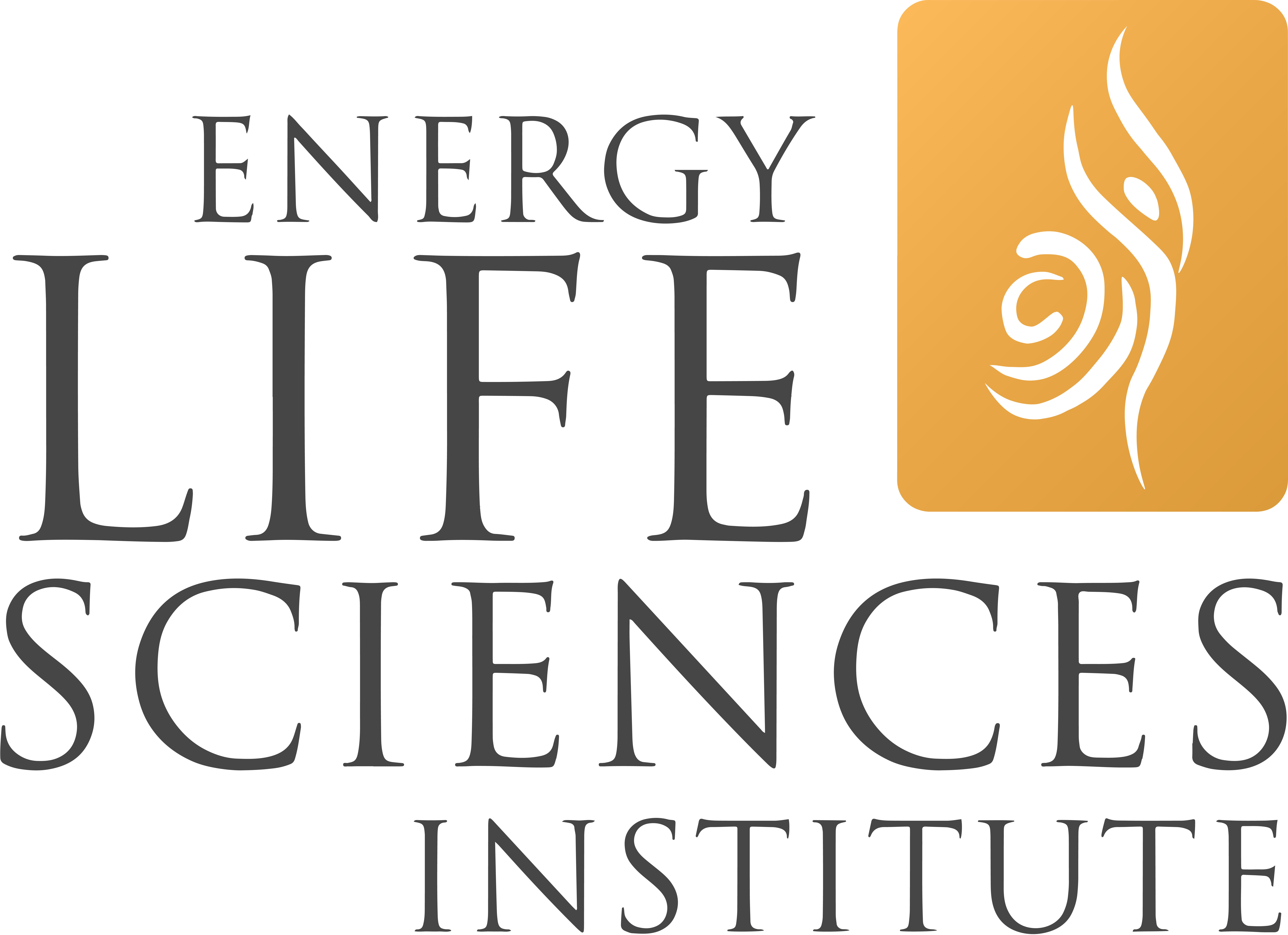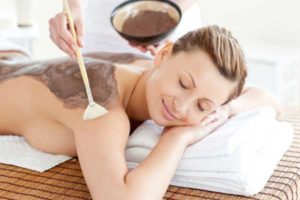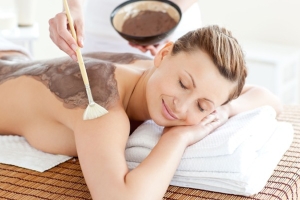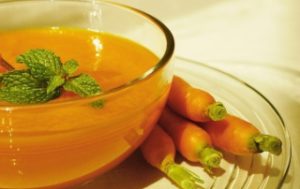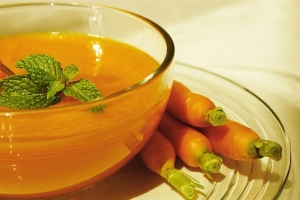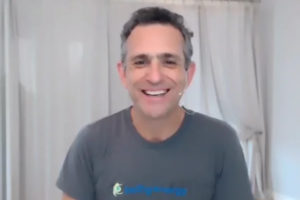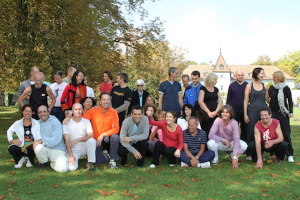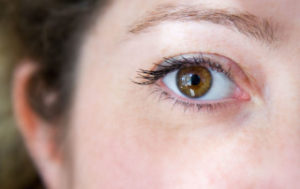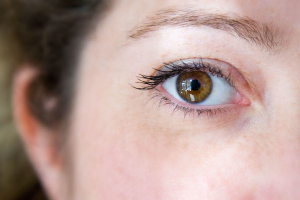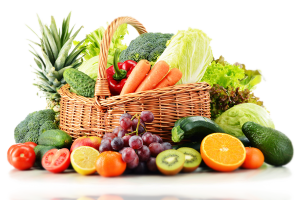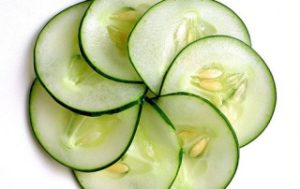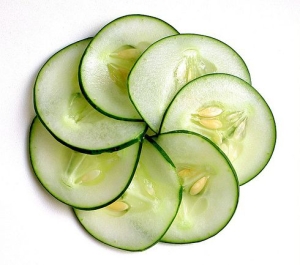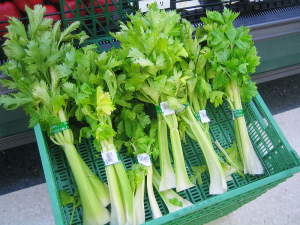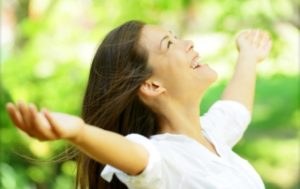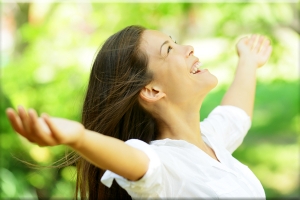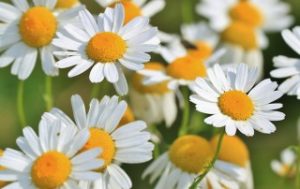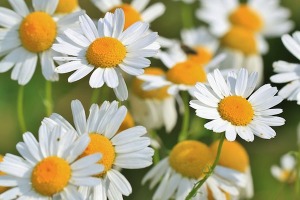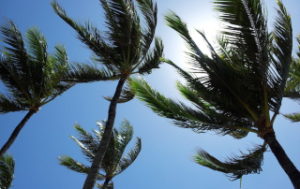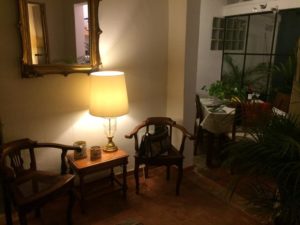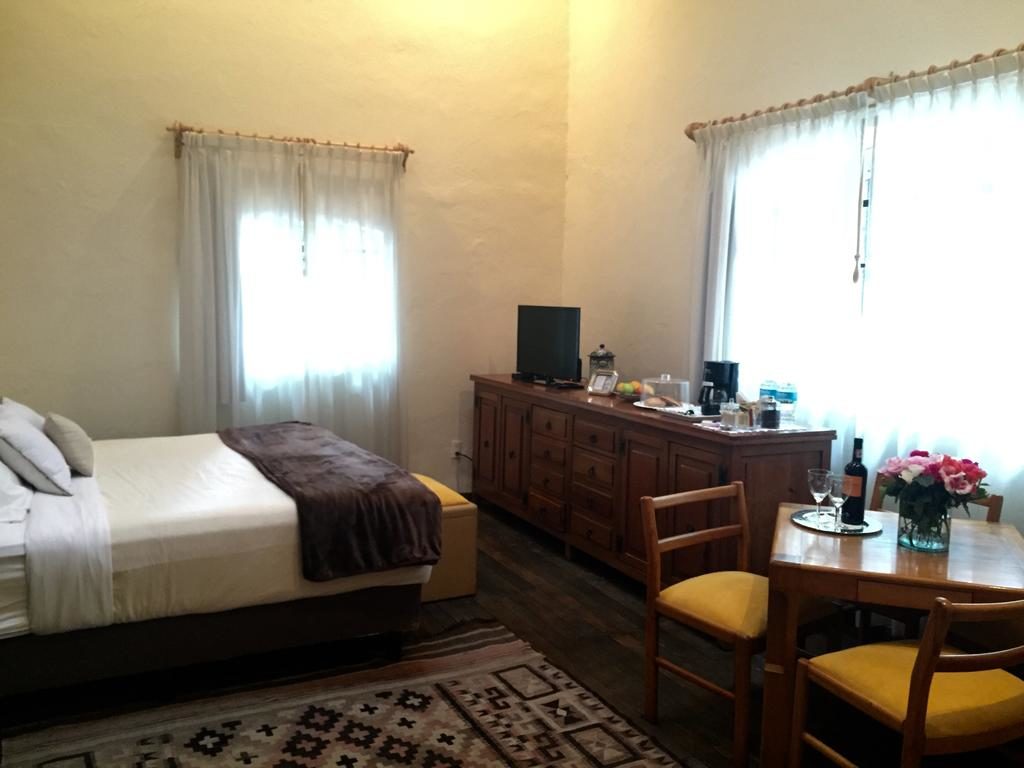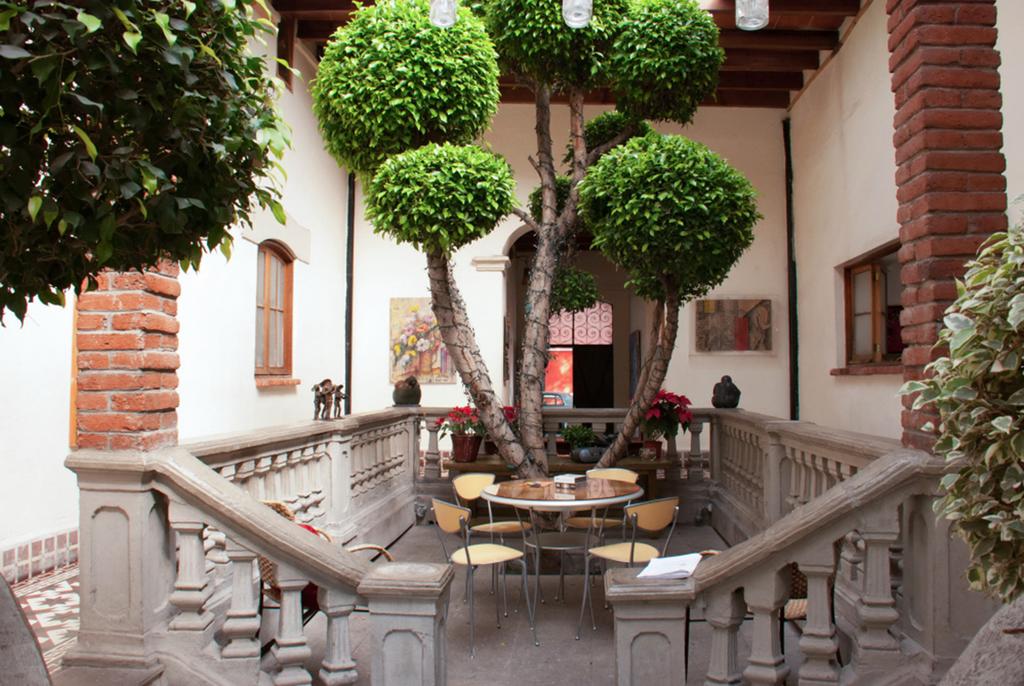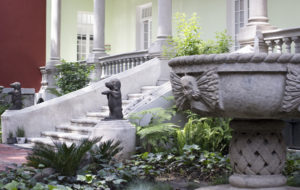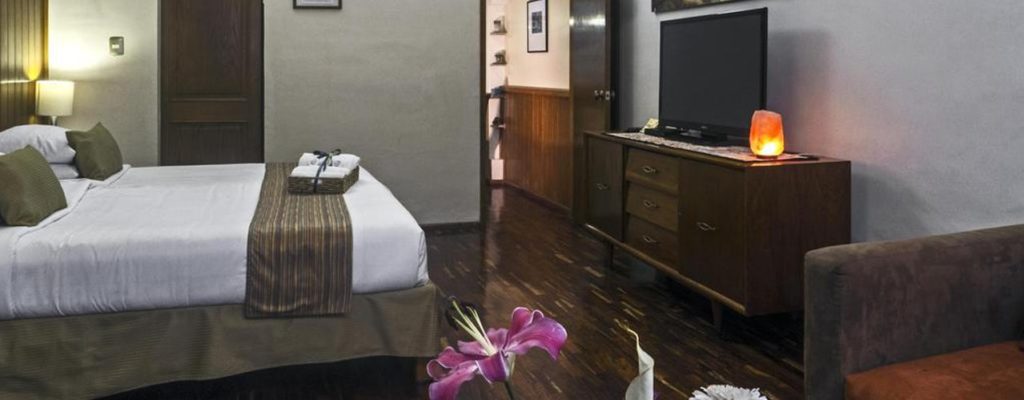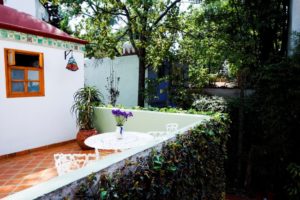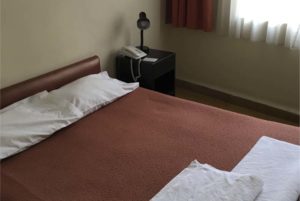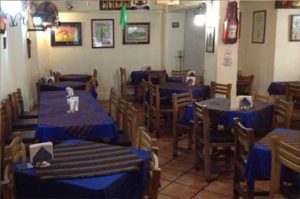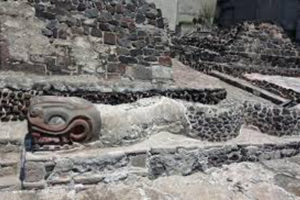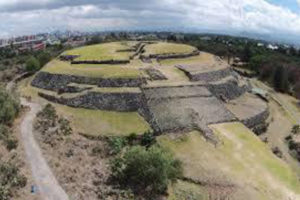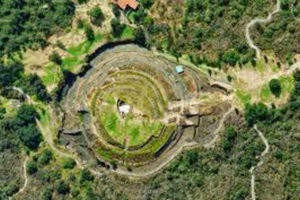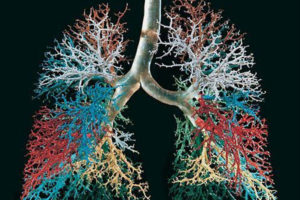
No sería una exageración decir que los vasos jóvenes equivalen a la juventud y que un flujo saludable y vital en los vasos sanguíneos hace que todas las demás partes de tu cuerpo brillen y funcionen bien. Ábrete a descubrir el flujo universal y las conexiones que son inherentes a tus arterias, venas y glándulas linfáticas.
Nuestro sistema vascular es uno de los elementos más sorprendentes de nuestro cuerpo. Como asistente de un profesor durante la escuela de medicina, pude ver de primera mano la increíble complejidad de nuestra red de vasos, arterias, venas y linfáticos. Hace unos años, el artista médico alemán Gunther von Hagens recorrió Europa y Estados Unidos con una exposición llamada “Body Worlds”, donde, a través de un proceso de educación médica llamado plastinación que convirtió el líquido dentro de los vasos en un compuesto acrílico, pudo mostrar segmentos enteros de vasos aislados, sin otras estructuras. Tubos cada vez más pequeños que en última instancia se volvieron finos como cabellos, extendiéndose en formas que formaban el cuerpo exacto de cada órgano, ¡una visión inolvidable! Una verdadera comunidad donde cada rincón está vinculado a los 3 atributos principales del sistema:
- Cada célula recibe oxígeno y nutrientes a través de una arteria
- Cada célula entrega CO2 y toxinas a través de una vena
- Cada espacio entre las células drena las excreciones sobrantes y los desechos a través de un vaso linfático.
En el pensamiento oriental y en la práctica de artes marciales, el término “vasos” era la descripción original de lo que más tarde se tradujo en Occidente como meridianos o canales. Fue la observación de la circulación por los antiguos médicos y sanadores lo que les dio una comprensión de cómo mover la información y los recursos de energía en todo el cuerpo humano.
En los principios chamánicos, tal como los aprendí de mi maestro, Carlos Castaneda, el cuerpo puede revitalizarse a través de un proceso que llamó redistribución de energía. La circulación en este caso ocurre a través de una red de vasos que llevan una fuerza vital llamada energía de los tendones. Durante la práctica de los movimientos físicos que en Being Energy llamamos Pases Energéticos, provocamos sacudidas o golpes siguiendo una cuenta, estimulando así el flujo de la energía de los tendones a lo largo de los vasos, desde los pies a la cabeza.
Aprender cómo sentir nuestro sistema vascular, y cómo activar cada una de sus tres partes, puede traer muchos beneficios y también puede ser divertido. Únete a nuestra última clase del año el próximo sábado 12 de noviembre para aprender más!
Miles Reid, L.Ac. Certificado por la Junta Nacional
En Acupuntura y Herbología China
Médico (AR)
Fundador Energy Life Sciences Institute
Director Clínico
Dr.Reid@energylifesciences.com
info@energylifesciences.com
elsi.wpengine.com
Register for our Newsletter!
